Jeremy Clarkson & Coffee Farming: What 3 Months in Colombia Taught Me
-
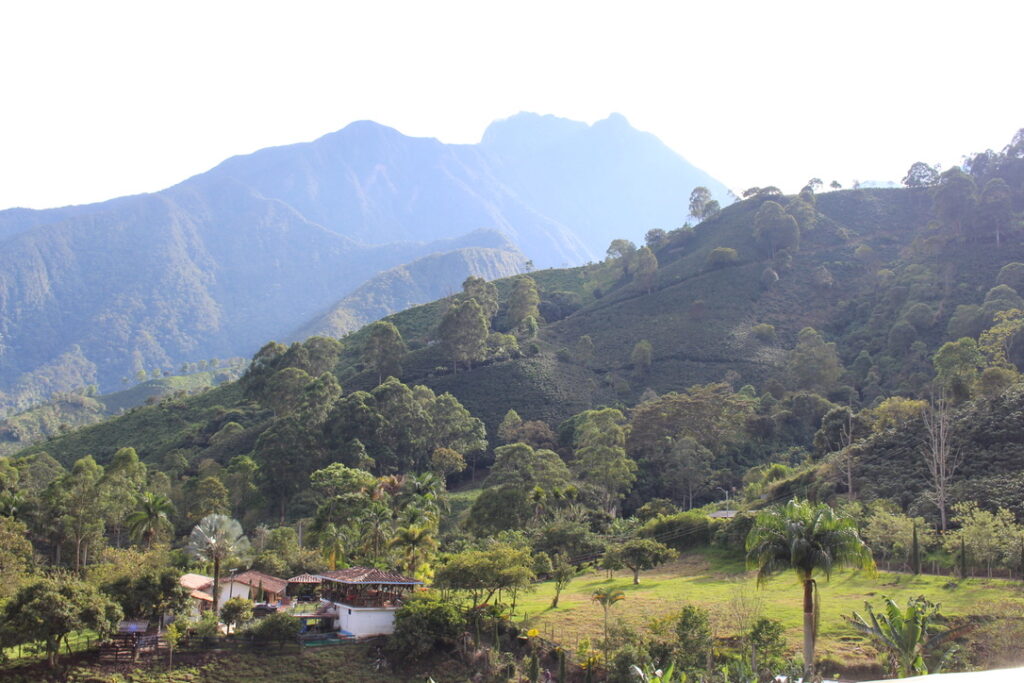
-
Throughout the life span of the Specialty Coffee industry, professionals have often cited how ‘the system’, or the flow of profits between producing and consuming countries, is broken. Increasingly popular podcasts, panoramas, and YouTube channels has enabled many to access incredibly informed, and sometimes unbelievably ill-informed opinions on how coffee is sourced, exported, and traded. Having spent 6 short years in the industry I felt confident in my supposed well-rounded experiences, having traded, and roasted commercial grades, operated a coffee and tea warehouse, as well as sourced, imported, and sold specialty grades. The latter being my current role. Despite being a part of the various cogs that make the industry churn, I had very little experience at Origin, and I felt that to complete the circle an extended period deepening my understanding of the coffee bags journey from tree to port was required. With this knowledge, I’d may be well placed to form my own opinions on how ‘the system’ works and if it is broken, or not …
I was incredibly fortunate to have been offered this opportunity by Mercanta, and before I knew it my 11-week trip to Colombia kicked off in October 2022. Below is a report on my experiences during this trip, how my understanding of a commodity embedded within many cultures around the globe was proven to be naïve one, almost to point of cluelessness, and hopefully some learnings that might be useful for those reading!
-
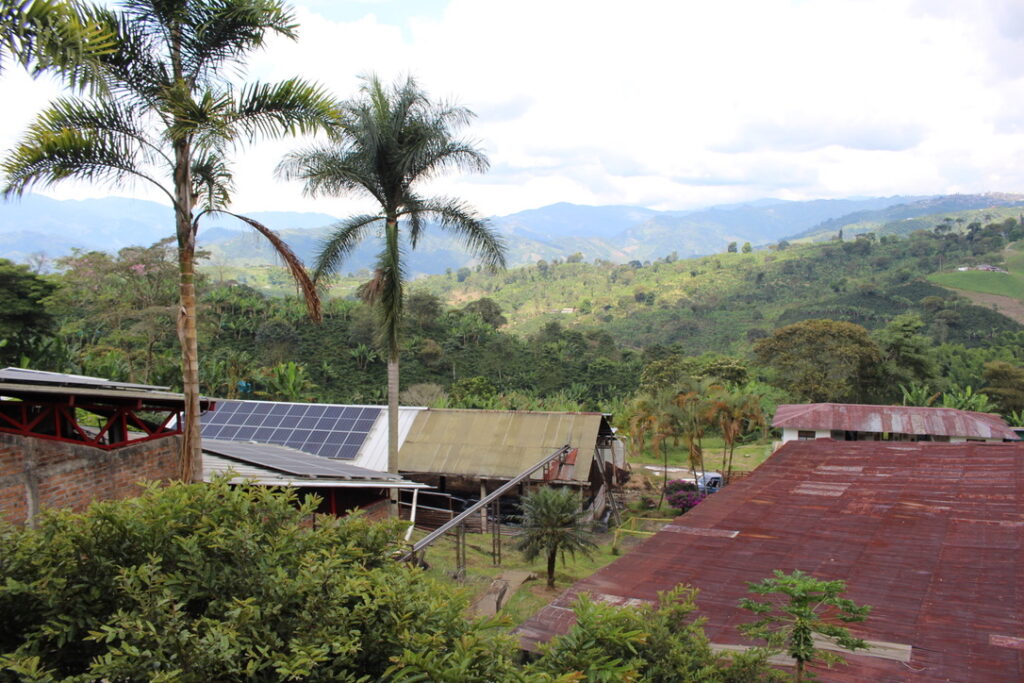
-
The Coffee Axis
Our ECOM sister company, Condor Specialty (situated in Bogota), was my home for the first stint of the trip. The main goal was to understand the nuances of how coffee is bought, valued, processed, and sold by trade houses at Origin. The country’s capital also served as my launch pad to visit the various surrounding departments such as Quindío, Caldas, and Risaralda – departments which help form the coffee growing axis, and once upon a time the centre of production in Colombia. Having spent the first couple of weeks under the snug wing of Condors Senior Trader Frédéric Boppe, it was time to head out into the field. One barely leaves the ground on an internal flight from Bogota to Pereira, so I was on the road to my first finca in no time! My experiences during these visits to the coffee axis were almost identical to recent experiences in Brazil. One is welcomed by the entire family like a son returning home for the Christmas holidays. Bandeja paisa’s galore, arepas, and ice-cold Club de Colombia’s being the only point of difference!
-
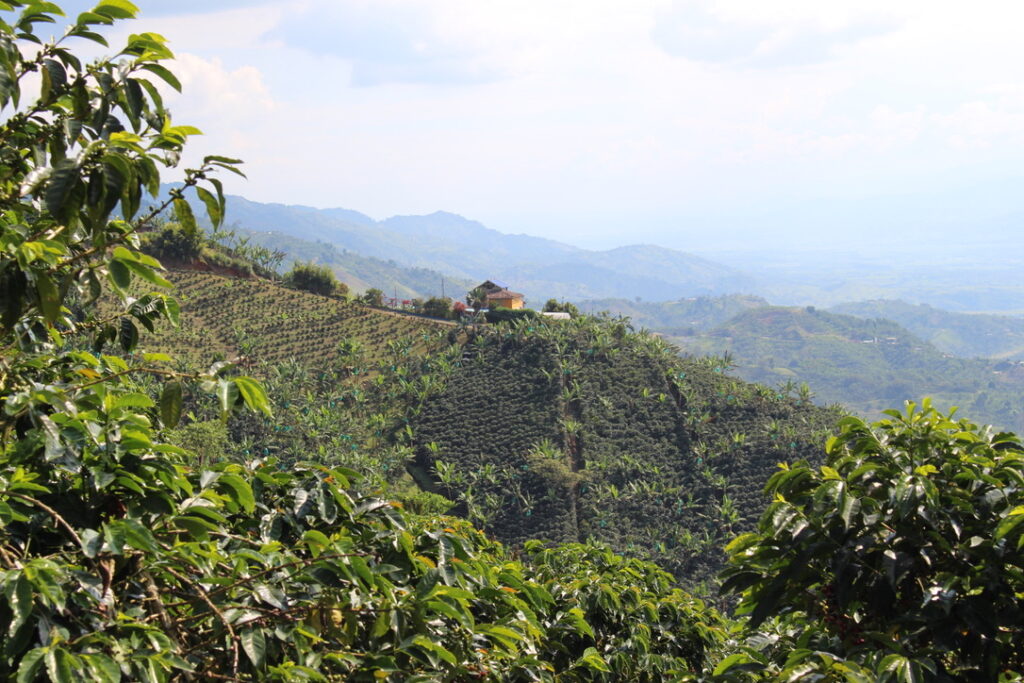
-
Although the hospitality was on par with Brazil, the architecture of the coffee market is drastically different. The most glaringly obvious being the variety of growing environments, topography, varying farm sizes, and the developments in post-harvest processing techniques. In Quindio, I toured farms that were investing much of their capital in experimental micro lots of every kind, size, and name imaginable. From 2 bags of Geisha Carbonic Maceration to 30 bags of Castillo Lactic 96 hr fermentation. At another larger farm down the road, they were pivoting from the traditional production of Washed Caturra, Castillo and Colombian varietals to Natural and Anaerobic coffees. I’d like to note here that the willingness and entrepreneurial spirit amongst the Colombian coffee grower is remarkable, and something that defines Colombia’s culture and society. This spirit is driving the Specialty Coffee industry. However, I do believe the current ‘trend’ towards developing unique profiles, mainly through trials in post-harvest processing techniques, has resulted in a hazing of how specialty coffee is defined. This is occurring at a farm level and more importantly so in consuming countries. The answer to ‘how do you define specialty’ is ambiguous and conflicting, but just because the product is flavoured, infused, or enhanced and ultimately ‘different’, does not define that coffee as specialty. I hesitate to go as far as saying that they are not, but more so that their presence in the market is creating an illusion that this is what specialty coffee should taste like.
-

-
It boils down to adding value and realising value, and the creation of interesting and ‘different’ profiles is one way of doing so. The question that needs to be asked is can it be scaled? And can it be scaled to a point whereby the revenue streams funnelled are not only supporting the farm but driving profitability? If the answer is yes, then fantastic, but there also needs to be complete transparency on how the coffee is processed, and how those profiles come to be. Empowered with that knowledge, the roaster and end consumer can form their own opinions on the matter.
-
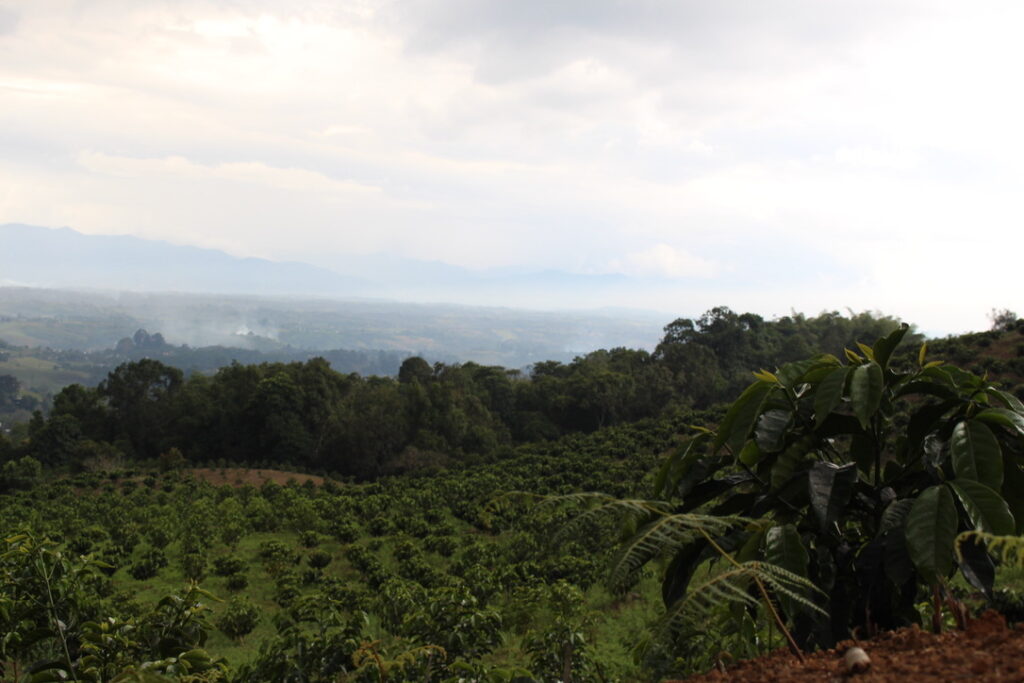
-
Cauca
Having gained an insight into the trade flow from Condor’s desk in Bogota, I hopped on a plane to Cauca to spend time shadowing the physical movement of coffee through ECOM’s mill in Popayan. Historically the capital of Gran Colombia, otherwise known as La Ciudad Blanca and very much Spanish speaking only, I re-downloaded Duolingo in preparation for 5 days with Carlos Oliva and the SMS Team (ECOMs Sustainable Management Services initiative involving hundreds of agronomists on the ground assisting farmers in several coffee growing regions). I am confident in saying that over the course of this week I saw every type of farm that one could find in Colombia. From farms that were the size of a handful of football pitches, run by families who combined coffee production with intercropping and livestock for subsistence, to insanely developed commercial operations with glistening steel tanks and laboratories that would lure the likes of Elon Musk.
-
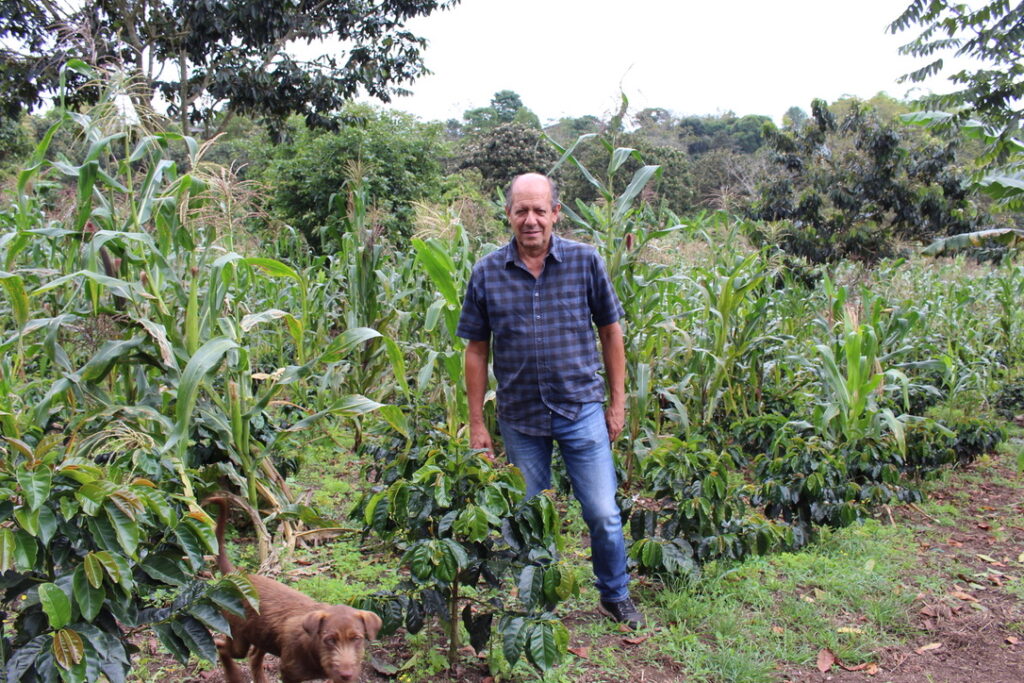
-
Albeit fascinating, the most intriguing part of this visit was understanding the role of Associations in Colombia. I was welcomed by two Associations, one being in Popayan and the other situated North along the Pan American Highway close to Piendamo. I hesitate to use the word ‘middleman’ here due to its negative connotations, but Associations in Colombia effectively act as another purchasing point (beneficiary). Simply put, farmers in the local area who do not have access or the ability to deliver coffee to larger mills can deliver to the nearby Associations and receive payment. The two Associations I visited had qualified Q graders within the team, along with Probat sample roasters for roasting and analysis. Lots delivered are graded and assessed, valued, and if approved, purchased. The Association will then sell these lots to larger companies who own and operate dry mills. There are several benefits in having these institutions situated in local markets, such as enabling market access for the farmer and acting as an additional layer of quality control. But, of course, the Associations harvest a certain amount of power being the point of valuation and compensator. This, like any bottleneck of power, can cause major problems if abused. There has been evidence of this in Colombia, with some Associations speculating on the coffee price by taking positions in the NY ‘C’ market, and ultimately running into trouble and huge amounts of unrealised debt due to a lack of understanding of complex financial instruments. This has become particularly overt in the last 18 months due to the extreme volatility in the NY ‘C’ market.
-
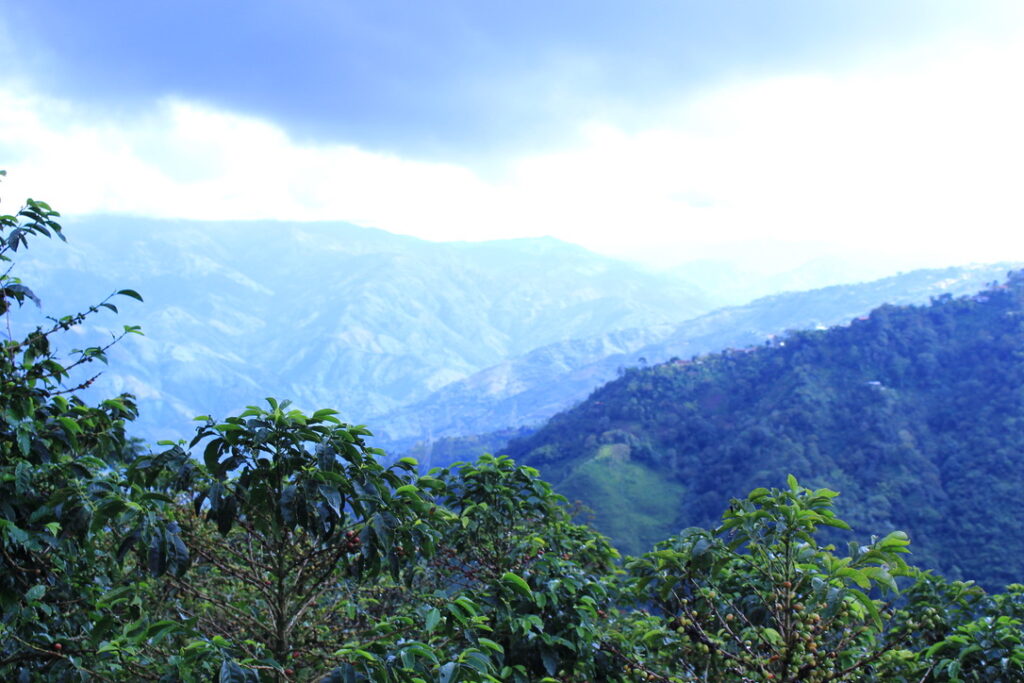
-
Antioquia
Come mid-November, it was time to leave the dizzying heights (and rains) of Bogota for the City of Eternal Spring. I had heard enchanting tales of Medellín during my travels, and I was not disappointed by this beautifully verdant gem of a city. Not only was it a little warmer and a little dryer, but it was also home to our friends and long-term partners Pergamino. The majority of Mercanta’s offering from Colombia are sourced through Pergamino Exporters, who purchase from and facilitate the hulling and export on behalf of various allied producer partners situated in Cauca, Huila, Nariño, Tolima, and Urrao. Pedro Echavarría, the Founder and Owner of Pergamino, is also a coffee producer with farms situated an hour’s drive from Medellín near a town called Santa Barbara. Coffees from these estates form some of Mercanta’s core Colombia offering as well as being featured in Pergamino branded cafes situated across Medellín. I can’t not mention Leo Henao, the other half of the Pergamino pie. Leo keeps a close eye on the quality of every bag of coffee, whether it’s heading into a Mercanta container or towards a Pergamino coffee bar.
-

-
Pivoting from a larger scale operation in Bogota, it was fascinating to then spend time with the team delving into the murky depths of how to make a success of producing specialty coffee. On face value, vertically integrating operations from tree to cup, as executed by Pedro and Leo, makes specialty coffee a potentially very profitable enterprise. Controlling the product flow from farm to consumer enables visibility on all transactions from harvest onwards. Cherry picked from tree, first transaction. Cherry flows to the wet mill, second transaction. From the wet mill, parchment moves to the dry mill, another transaction. The hulling and processing, another transaction. Quality control, packing, transport, another. Warehouse to roaster, roaster to bag, bag to café, barista to coffee lover, bean water to mouth. In owning the chain of custody, whereby value and profits are added at every point gives the best chance of profitability. The vast majority of coffee producers have little chance of achieving this utopia, but Pergamino’s operation is one of the best examples of diversification that I have seen, and a great example for any business to follow. Diversification being the critical word, a process undertaken by all the most developed and progressive farms that I saw in Colombia.
-

-
The ultimate question on how to improve profitability for producers is not a question preserved for the Specialty Coffee industry alone, but for farming globally. Amazon and Jeremy Clarkson, no matter what your opinions are on the company or individual, have gone to great lengths (intentionally or not) to educate the public on the crises that every farmer is facing. Clarkson reiterated our industries mantra in the tabloids this week, stating that the price of food is too cheap and that prices should be ‘double’ what they are because of the ‘soul-destroying’ work that goes into farming (https://www.independent.co.uk/life-style/food-and-drink/jeremy-clarkson-food-prices-farming-b2232760.html). I am sure that many coffee producers resonate with Clarkson, and one can only hope that the words of Britain’s most controversial producer have a lasting impact on policymakers and more importantly the end consumer. Clarkson has diversified by building a farm shop to sell the farms eggs, a brewery to use the farm’s barley, and a restaurant that serves the farm’s meat. The lengths that producers must go to in order to support a farm, and if they are lucky, turn a profit come year end, is laughable. Drawing direct comparisons is tenuous, but ultimately Clarkson’s point is bang on the money – the price of food is too cheap, as is the price of coffee, and farmers will continue to be driven into the ground if it continues.
-
